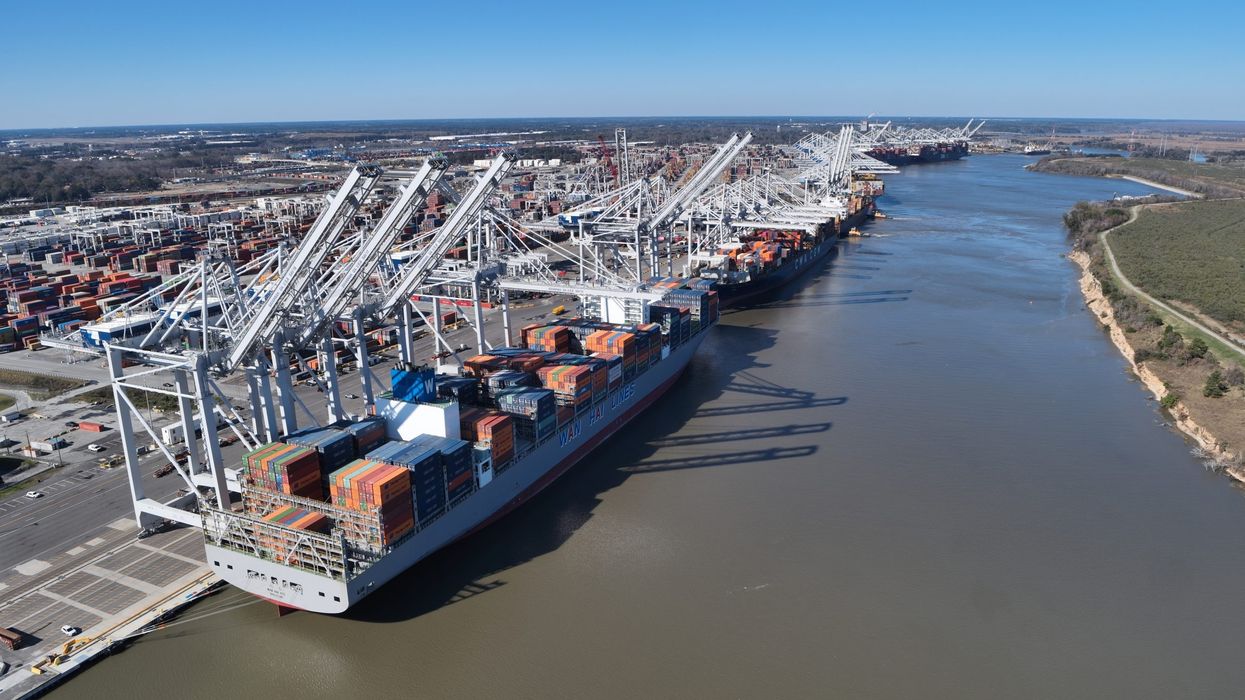The number of container ships waiting outside U.S. East and Gulf Coast ports has swelled from just three vessels on Sunday to 54 on Thursday as a dockworker strike has swiftly halted bustling container traffic at some of the nation’s business facilities, according to analysis by Everstream Analytics.
As of Thursday morning, the two ports with the biggest traffic jams are Savannah (15 ships) and New York (14), followed by single-digit numbers at Mobile, Charleston, Houston, Philadelphia, Norfolk, Baltimore, and Miami, Everstream said.
The impact of that clogged flow of goods will depend on how long the strike lasts, analysts with Moody’s said. The firm’s Moody’s Analytics division estimates the strike will cause a daily hit to the U.S. economy of at least $500 million in the coming days. But that impact will jump to $2 billion per day if the strike persists for several weeks.
The immediate cost of the strike can be seen in rising surcharges and rerouting delays, which can be absorbed by most enterprise-scale companies but hit small and medium-sized businesses particularly hard, a report from Container xChange says.
“The timing of this strike is especially challenging as we are in our traditional peak season. While many pulled forward shipments earlier this year to mitigate risks, stockpiled inventories will only cushion businesses for so long. If the strike continues for an extended period, we could see significant strain on container availability and shipping schedules,” Christian Roeloffs, cofounder and CEO of Container xChange, said in a release.
“For small and medium-sized container traders, this could result in skyrocketing logistics costs and delays, making it harder to secure containers. The longer the disruption lasts, the more difficult it will be for these businesses to keep pace with market demands,” Roeloffs said.
















